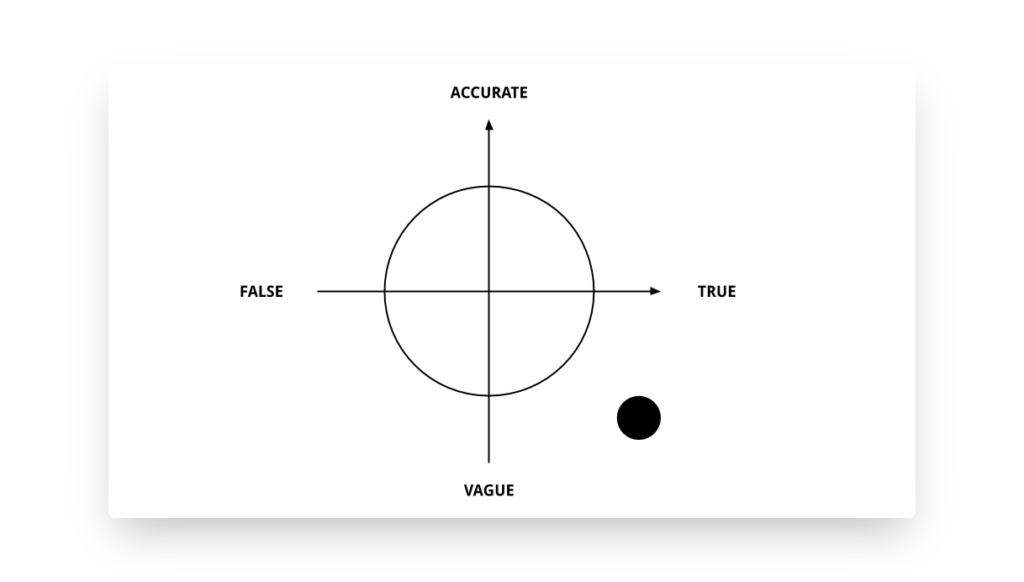In politics and linguistics, semantic traps are words so vague that we cannot give them specific meaning, or words that are systematically misleading. Semantic traps are often used to stir a debate in a certain direction, or to influence people’s judgement.
A famous example is when Republican strategist Frank Luntz wrote a memo to George W. Bush in 2002 to suggest changing “global warming” to “climate change.”
“Should the public come to believe that the scientific issues are settled, their views about global warming will change accordingly. Therefore, you need to continue to make the lack of scientific certainty a primary issue in the debate,” he wrote.
And as we are seeing today, Luntz succeeded in using a semantic trap to reshape the public discourse: the debate is still ongoing.
“If thought corrupts language, language can also corrupt thought.” — George Orwell, 1984.
Examples of semantic traps
Beside the many high-profile examples, semantic traps are all around us. To be aware of them is the first step in managing the cognitive biases they lead to.

“Natural” — Everyday, products are touted as natural, and politicians discuss ways to restor the balance of nature. As Emma Marris wrote in her book The Rambunctious Garden: “Every ecosystem, from the deepest heart of the larg-est national park to the weeds growing behind the local big-box store, has been touched by humans. In short, there is not a state of nature or balance of nature.” The word “nature” is so elusive, entire research papers are dedicated to trying to come up with a definition. In addition, many of us fall into the trop of equating “natural” with “inherently good,” which is far from always being the case. Human-made products (which are also “natural”) are often as efficient or better than “nature-made” products.
“Authentic” — Many people aspire to be their authentic self. “Authentic” products are incredibly popular in food and fashion. Tourists try to have “authentic” experiences when they travel abroad. But what does “authentic” mean in an ever-changing world? Can we be true to oneself when we are a different person everyday? And wouldn’t sticking to who we are today be a barrier to personal growth? Authenticity has become a catch-all word used to describe anything from truthfulness to genuineness or accuracy. Using this word without further qualifying information can lead to semantic traps.
“Intuitive” — Designers work hard to make their products intuitive. “Intuitive” is seen as a positive term, where things just seem to work. But, according to the Oxford Dictionary, intuition is “based on what one feels to be true even without conscious reasoning.” Instinctively feeling that something is true does not mean it is. When we hear: “She has an intuitive understanding of the users’ need” we should be careful to not fall into the semantic trap of thinking that the person is more often right than others. It just means they tend to rely more on intuition to make decisions—which is not always a good thing.
Other common semantic traps include the following words: sustainable, biodiverse, liberal, essential, considerable, strong, etc. As you can see, none of these words are inherently “bad”, but they are often too vague to communicate a specific idea, making them poor vectors for collaboration and decision-making.
When we use them, it’s important to make sure the meaning we have in mind is the same for our interlocutor, and that semantic traps are not proactively being used to manipulate our judgement.
